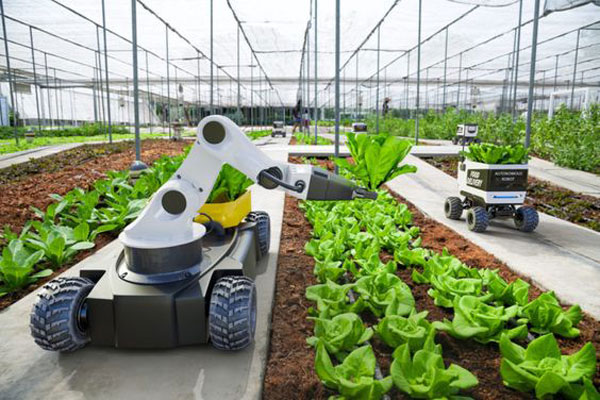Crops
Tomato

Tomato
Tomato: A Nutritional Powerhouse
Originating from the Andean region of South America, tomatoes have become a staple in cuisines worldwide. Rich in vitamins (especially A and C), minerals, and antioxidants, tomatoes offer numerous health benefits. Their lycopene content, a powerful antioxidant, has been linked to reduced heart disease risk and improved skin health. Introduced to India by Portuguese traders in the 16th century, tomatoes quickly gained popularity due to their versatility and nutritional value. Today, they are an integral part of Indian cuisine, used in curries, stews, salads, and chutneys.
Tomato Cultivation in India India is a major tomato producer, with cultivation spread across various regions. The major producing months are October to March (Rabi season) and June to September (Kharif season). Key tomato-producing states include Andhra Pradesh, Madhya Pradesh, Karnataka, Gujarat, Bihar, Odisha, West Bengal, Telangana, Chhattisgarh, Haryana, Tamil Nadu, Uttar Pradesh, and Maharashtra.
Climate and Soil Requirements
Tomatoes thrive in warm climates with ample sunlight. They can tolerate a wide range of temperatures, but optimal growth occurs between 20-30°C. Well-drained, fertile soil with a pH of 6.0-6.8 is ideal. Sandy loam, red soil, and medium black soil are suitable for tomato cultivation.
Blog
Explore Our Blog




About Us
Welcome to Agriplaza
Welcome to Agriplaza. India's first and only comprehensive digital platform dedicated to agriculture and farmers. Explore widest range of related data our figures speaks a lot.
722176
Visitors
239
Diseases
131
Pests




